Neurofibromatosis
New Investigator Award Recipients Bring New Ideas to the Neurofibromatosis Research Program for Fiscal Year 2022



Posted June 28, 2024
Paterson Chay, Ph.D., University of Manchester, UK
Céline Colnot, Ph.D., Institut National De La Sante Et De La Recherche Medicale, Paris
David Jung, M.D., Ph.D., Massachusetts Eye and Ear Infirmary
Vanessa Merker, M.D., Massachusetts General Hospital
Steven Rhodes, M.D., Ph.D., Indiana University School of Medicine
Angelina Vaseva, Ph.D., University of Texas, Health Science Center at San Antonio
Since 1996, the NFRP funded 96 proposals. The New Investigator Award is designed to support the development of new investigators or established investigators transitioning from other career fields, who bring new techniques and expertise to the NF field. With the NIA, the Neurofibromatosis Research Program encourages the next generation of investigators and their participation with the NF research community.
The NFRP awarded six NIAs in FY22. These awards fund research about NF related bone phenotypes, tumor growth suppression, gene therapies, machine learning, and web-based interventions aimed at enhancing quality of life for NF patients.
The NFRP is enthusiastic about supporting innovative and impactful research from investigators new to the neurofibromatosis field.
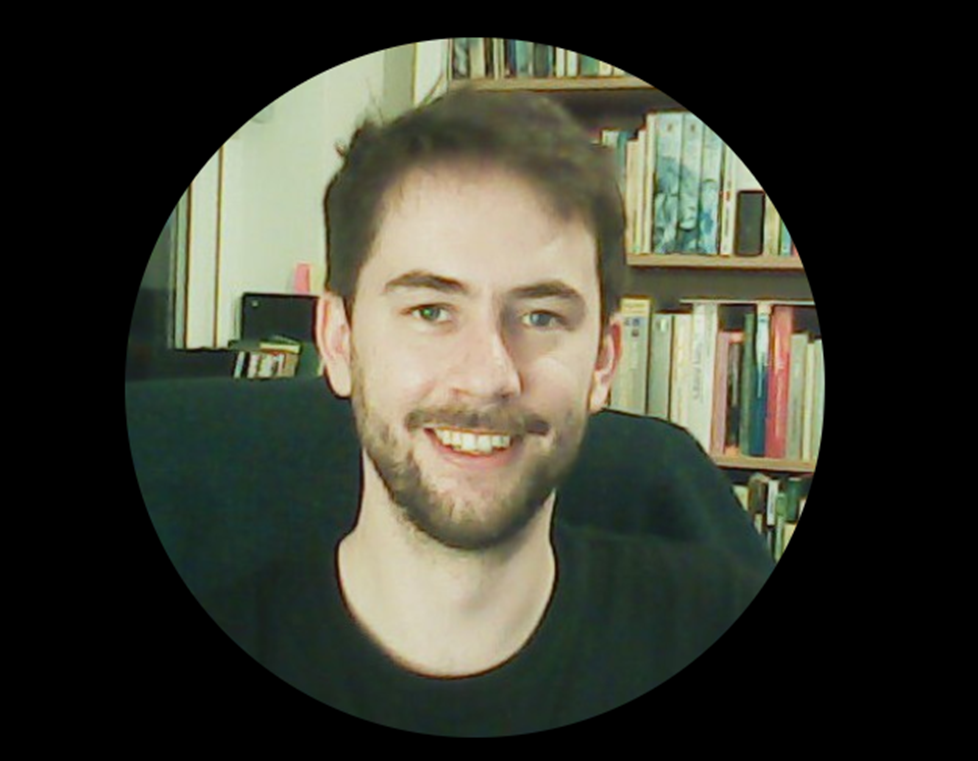 Paterson Chay, Ph.D.
Paterson Chay, Ph.D.
Paterson Chay, Ph.D., University of Manchester, UK, will develop a machine learning based model that computes an individualized assessment of the risk of post-radiation malignancy. Chay and his team will package the model within an open-source plugin compatible with widely used medical imagining software. This model will aim to provide medical personnel and patients with more precise advice on risk(s) and treatment options.
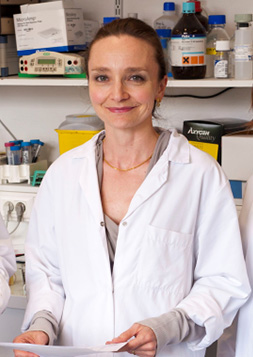 Céline Colnot, Ph.D.
Céline Colnot, Ph.D.
Céline Colnot, Ph.D., Institut National De La Sante Et De La Recherche Medicale, Paris, is studying congenital psuedoarthritis of the tibia and dystrophic scoliosis due to NF1 loss-of- function. Specifically, they will study these phenotypes by assessing skeletal stem or progenitor cells using an NF1 mouse model and Schwann cells in bone samples collected from NF1 patients. This study aims to characterize cell types to direct future studies of pharmacological and cellular approaches to treat bone manifestations in NF1.
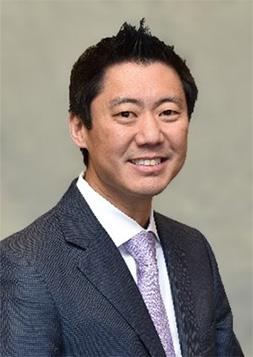 David Jung, M.D., Ph.D.
David Jung, M.D., Ph.D.
David Jung, Ph.D., Massachusetts Eye and Ear Infirmary, will develop a novel gene therapy to add the NF2 gene back to Schwann cells that lost the NF2 gene. The approach will treat schwannomas and hearing loss in NF2 patients. If successful, this gene therapy could prevent Schwannoma formation and preserve hearing balance and cranial nerve function associated with neurofibromatosis.
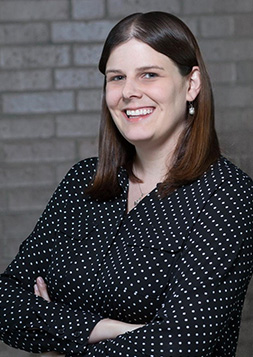 Vanessa Merker, M.D.
Vanessa Merker, M.D.
Vanessa Merker, M.D., Massachusetts General Hospital, is studying whether the implementation of the "NF Guidelines to You" web-based health services platform could increase rates of health surveillance in children and adults with NF1 who do not have access to specialty care. Accessing the web-based intervention will connect patients, parents, and care teams with information about NF1 manifestations and clinical care recommendations. If successful, this platform may help NF1 families improve their health, well-being, and quality of life.
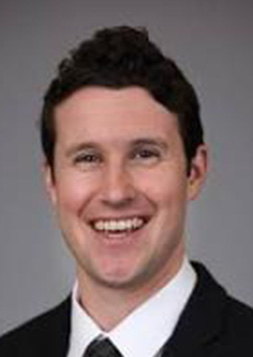 Steven Rhodes, M.D., Ph.D.
Steven Rhodes, M.D., Ph.D.
Steven Rhodes, M.D., Ph.D., Indiana University, is studying the molecular mechanisms underlying malignant peripheral nerve sheath tumors, which are a highly aggressive soft tissue tumor found with NF1. Rhodes and his team aim to understand the molecular mechanisms around this type of growth, specifically SOX11, and determine if pharmacologic inhibition with defactinib can slow growth in a mouse model. If successful, Rhodes' work may identify new potential therapeutic pathways for malignant, aggressive, and often fatal tumors.
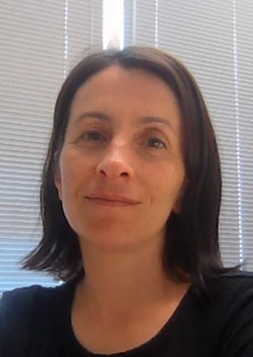 Steven Rhodes, M.D., Ph.D.
Steven Rhodes, M.D., Ph.D.
Angelina Vaseva, Ph.D., University of Texas, Health Science Center at San Antonio, will develop therapeutic strategies for NF1-MPNST that target rapidly accelerated fibrosarcoma, RAF, and mitogen-activated protein, MEK, kinases by evaluating the activity of potential inhibitors in a NF1-MPNST mouse model. This study aims to gain insight into potential applications for these novel therapeutics for future clinical trials.
Last updated Thursday, December 5, 2024














